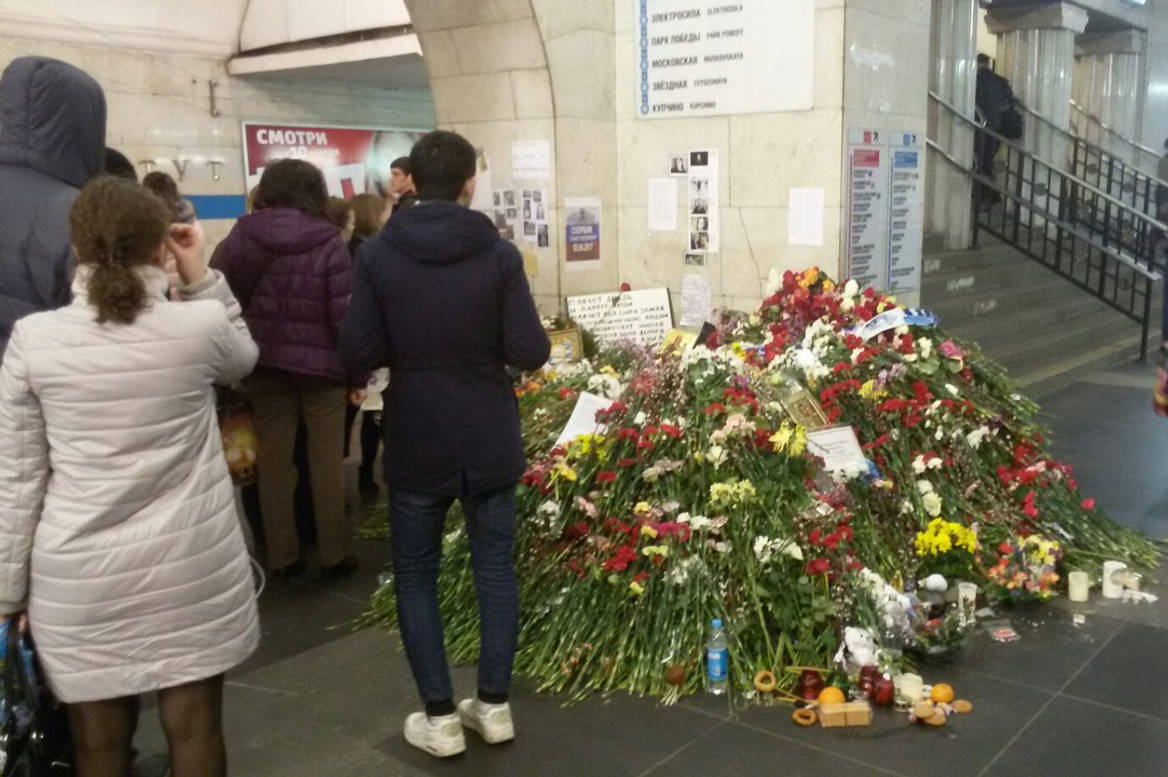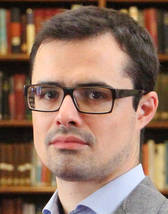Understanding the Factors Contributing to Radicalisation Among Central Asian Labour Migrants in Russia
An in-depth study involving over 200 interviews sheds light on why some labour migrants in Russia become radicalised.
This Occasional Paper examines the factors contributing to radicalisation and violent extremism among labour migrants from Kyrgyzstan, Tajikistan and Uzbekistan in Russia. The researchers conducted 218 interviews (67 Uzbeks, 83 Kyrgyz and 68 Tajiks) with migrant labour workers, experts and local officials in thirteen cities across seven areas in Russia.
This investigation looks through the lens of radicalisation and violent extremism rather than the economics of migration or the sociological experience of being a labour migrant. The aim of this research is to understand the broader political, economic, social, institutional and cultural conditions that might under certain circumstances generate violent extremism or leave individuals vulnerable to extremist messaging.
Recommendations
Greater regional cooperation to address violent extremism: the governments of Russia and Uzbekistan, Tajikistan and Kyrgyzstan need to strengthen existing regional counterterrorism and countering violent extremism initiatives. There are already several regional institutions that look at these problems and seek to address issues through the lens of violent extremism. For example, the Collective Security Treaty Organisation’s (CSTO) Anti-Terrorist Centre is engaged with this issue directly and it has a southern branch in Bishkek. The Shanghai Cooperation Organisation focuses on it as well. There is a safety on the internet initiative between Russia and the CSTO under cyber security which deals with violent extremism. The effectiveness of these initiatives, however, is currently unclear.
Continue engagement by Russian authorities with diaspora communities: law enforcement and security agencies in some cases already have a productive relationship with Central Asian communities on security issues, and a positive engagement based on trust should continue. Additionally, greater support for leaders of the Central Asian diaspora communities should be encouraged, as they are already doing great unpublicised work in protecting their communities against violent extremism.
Develop a strategy to address the return of foreign terrorist fighters (FTFs) to Russia and Central Asian countries: the report does not examine what is to be done about the return of violent extremists (or FTFs) to Russia or their home country in Central Asia because the question fell outside the scope of the investigation. During the research, this reverse flow became increasingly prominent in the discussion around the topic of radicalisation. Stories have already emerged of people returning from the battlefield. Identifying how to manage this flow back to Russia and Central Asia requires a careful effort. Some countries, like Kyrgyzstan, have already adopted legislation to prevent such individuals from returning, and have arrested a number of reported returnees.
Further research to fill identified knowledge gaps: priorities for further research should be: (1) in-depth investigation into the role of extremist organisations and international networks operating in Russia (and their potential links to the North Caucasus – a detail repeatedly referenced by interview subjects); (2) understanding the vulnerability of illegal labour migrants in Russia and their relationship, if any, to violent extremism. The data shows that immigration is a tough experience – this is the case everywhere else and not only in Russia, but how exactly it affects the propensity to become radicalised requires more research, including interviews with different types of respondents; and (3) better understanding of how to address the return of FTFs to the Russian Federation and the broader Russian-speaking world from conflict zones in the Middle East.
WRITTEN BY
Raffaello Pantucci
RUSI Senior Associate Fellow, International Security


